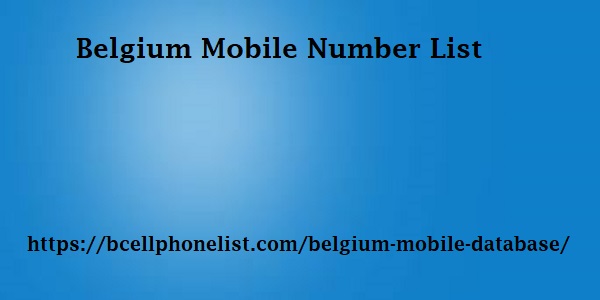Post by account_disabled on Mar 10, 2024 23:42:25 GMT -5
In the 60s of the last century in European countries such as Italy, France and in sectors linked to health in some Latin American countries, a true revolution occurred in the way the workers themselves conceived action on the health of workers. The struggles of workers within large companies and their unitary forms of organization, and, above all, the awareness that they themselves can and must modify their own working conditions, represent a true revolution in practice. worker in matters of conditions, work organization and especially in occupational health . Until then, most of the time the response occurred punctually, and in some cases violently, to the work accident and then disappeared. Starting in the 1960s, a new model of worker intervention in working conditions was built. A permanent model that does not require the event - precisely its objective is to avoid it -, a model that is led by the workers, because they are the ones who know and suffer the consequences of the risks, incorporating the expert as an advisor and not as a "scientific" mediator.
The businessman. Like all models, this one has its defining and differentiating characteristics. It was born from the grroots labor movement and attached to the company; relates and subordinates health to the political and economic framework; It is based on the direct and sustained participation of the worker, which feeds the model; it overcomes the traditional compensatory model and breaks with its monetizing perversions; seeks the elimination of the risk and not merely the repair of its consequences; expands the field of Belgium Mobile Number List action to diseases and injuries at work; incorporates interaction with family and territory; takes advantage of the worker's experience and reflection on his work as a source of elaborated knowledge and proposed solutions; It works with the “collective intelligence” of the workers, in a permanent exchange of ideas and proposals; It is developed based on collaboration and not subordination between worker and expert; workers lead their project. Authentic consensus is possible from the real autonomy, given by the power and knowledge, of the workers.

And always a provisional consensus. The new operational instrument of the new model are risk maps. Its roots are found in hygienist and environmentalist traditions. It breaks with the currents that hold the individual responsible for their evils. The risk map inexcusably requires the informative and interpretive contribution of workers. In reality, the new model is built by selecting concepts from the best historical tradition, knowledge and experience in the field, but with a radically new approach. Observation, the activity-disease relationship, the importance of the environment, the permanent information system and epidemiology, the interrelation of the parts, comprehensive action, etc. What is new is the role of the workers and their hegemony. The worker goes from being an observed subject to a self-observing subject of his activity. Added to this is functioning as a “collective intellectua.
The businessman. Like all models, this one has its defining and differentiating characteristics. It was born from the grroots labor movement and attached to the company; relates and subordinates health to the political and economic framework; It is based on the direct and sustained participation of the worker, which feeds the model; it overcomes the traditional compensatory model and breaks with its monetizing perversions; seeks the elimination of the risk and not merely the repair of its consequences; expands the field of Belgium Mobile Number List action to diseases and injuries at work; incorporates interaction with family and territory; takes advantage of the worker's experience and reflection on his work as a source of elaborated knowledge and proposed solutions; It works with the “collective intelligence” of the workers, in a permanent exchange of ideas and proposals; It is developed based on collaboration and not subordination between worker and expert; workers lead their project. Authentic consensus is possible from the real autonomy, given by the power and knowledge, of the workers.

And always a provisional consensus. The new operational instrument of the new model are risk maps. Its roots are found in hygienist and environmentalist traditions. It breaks with the currents that hold the individual responsible for their evils. The risk map inexcusably requires the informative and interpretive contribution of workers. In reality, the new model is built by selecting concepts from the best historical tradition, knowledge and experience in the field, but with a radically new approach. Observation, the activity-disease relationship, the importance of the environment, the permanent information system and epidemiology, the interrelation of the parts, comprehensive action, etc. What is new is the role of the workers and their hegemony. The worker goes from being an observed subject to a self-observing subject of his activity. Added to this is functioning as a “collective intellectua.
